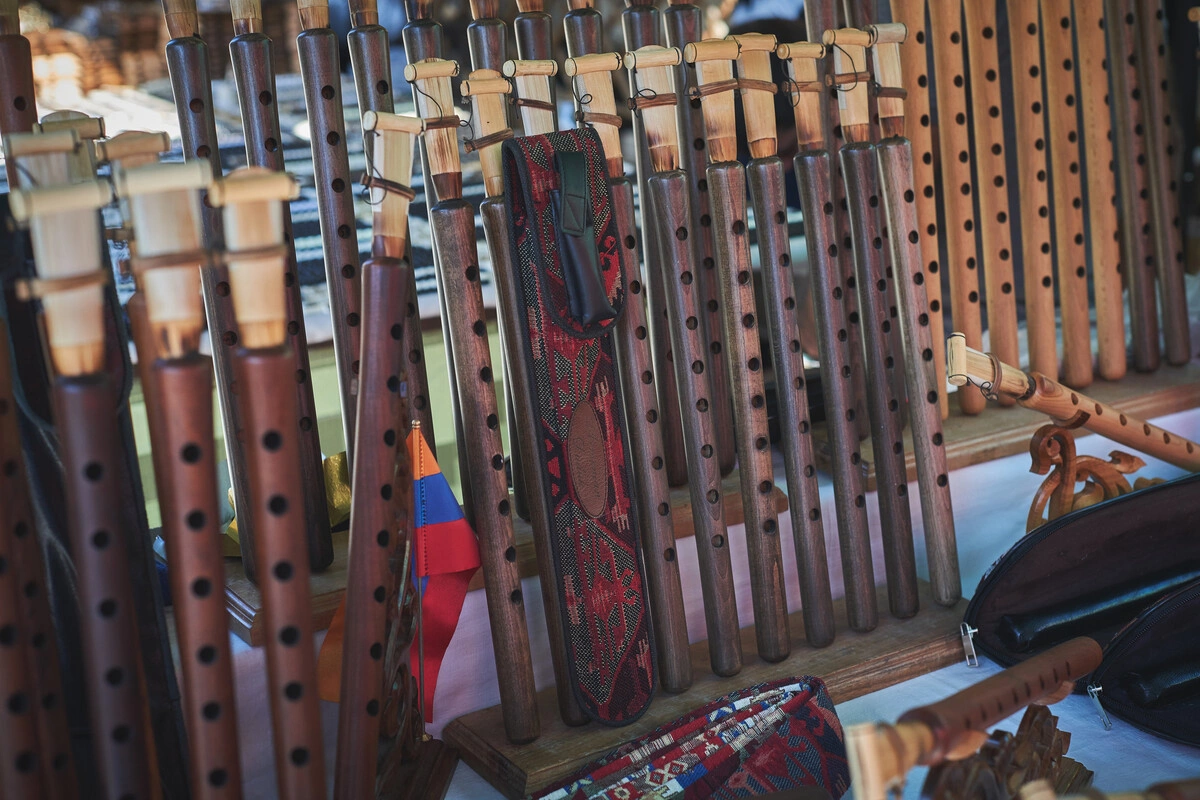
The mournful sound of a twin-reed traditional oboe brings a mysterious atmosphere to many a movie sound track and was one of the recordings that NASA included on its 'Hello Aliens This is Earth' gold disc that was sent into space with the Voyager probes. The instrument’s name might be Balaban, Duduk or Mey according to your language but its wistful music could be seen as a potential bridge to transcend national divisions between nations.
Image: sergograph/Shutterstock
Cinema buffs might think of Bob or Barney, soccer-stats geeks of Boško or Alper. Ibrahim was a Turkish realist painter and Jan a Czech writer. But Balaban is not only a family name. In Azerbaijan it’s much better known as a traditional musical instrument. A

Another widely celebrated balaban star is Alikhan Samedov. His recordings range from trad-pop shuffles like



And Gasparyan was not the only duduk player to perform on Hollywood film scores.
On the Peter Gabriel soundtrack for Martin Scorsese’s controversial 1988 film The Last Temptation of Christ, the wistful sound of the duduk imbues the


Another contemporary Armenian duduk star is Haïg Sarikouyoumdjian, whose rendition of


Worldwide, the balaban/duduk instrument continues to find its way into the international consciousness through films, TV scores and concerts. Iraq-born Rageed William is a master of the duduk, the Monterey Youth Symphony Orchestra has recorded a

The ancient history of the balaban/duduk is lost in the mists of time but their ages are thought to be counted in millennia. Unesco traces the music back to at least the 1st century BC. The instruments and their basic playing techniques are undoubtedly shared across many of the Caspian Region cultures and form yet another example of a possible root for finding common bonds in the wake of discord between the region’s peoples.

[1] Traditional balaban/duduk music is very often accompanied by a second player who produces a single note drone (or ‘dam’) using

Share on social media